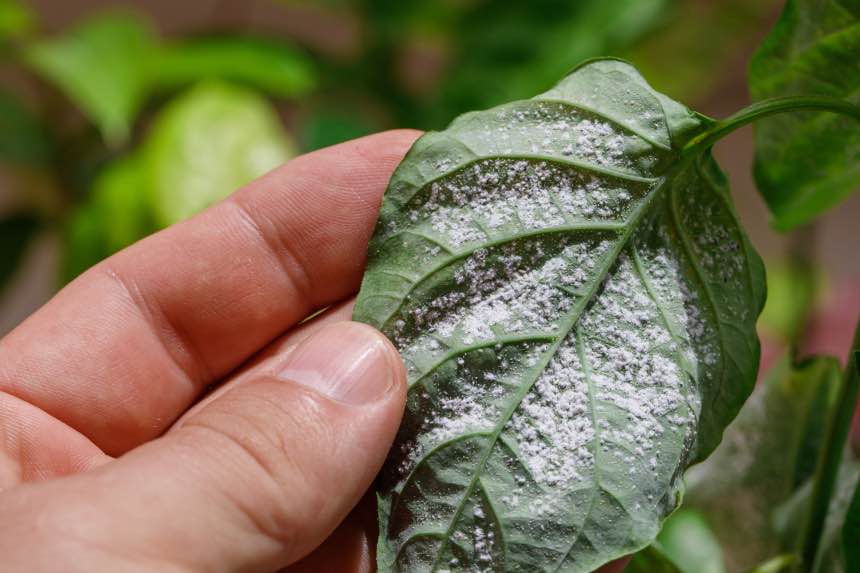Spider mites are a common pest that can quickly infest and damage Adams needle plants. These tiny arachnids suck sap from the leaves, causing stippling discoloration, and even leaf loss. An uncontrolled infestation can even kill the plant. Thankfully there are several effective methods to get rid of spider mites in Adams needle plants.
Identifying Spider Mites
The first step is learning to identify spider mites. These pests are very small, less than 1 mm in size, and often go unnoticed until the damage is already done.
Signs of an infestation include
- Fine webbing on the undersides of leaves and stems
- Yellow, brown, or white speckling on leaves
- Stunted or distorted new growth
- Premature leaf drop
Use a magnifying glass to look for the mites themselves. They will appear as tiny, slow moving dots on the webs and leaves Their oval bodies are usually greenish-yellow to red
Act quickly at the first signs to control mites before they multiply. Left uncontrolled, the population can rapidly explode.
Non-Chemical Control Methods
For light or moderate infestations, non-chemical methods can effectively remove mites without harming beneficial insects or the environment.
Wash Plants with Water
Use a strong stream of water to wash away mites and webbing. Focus on the undersides of leaves and crevices where mites hide. Be sure to also rinse the topsoil to eliminate any mites on the soil surface.
Repeat every 3-5 days until no more mites are seen. This gentle method physically removes and kills mites without harming the plant.
Apply Horticultural Oils
Lightweight horticultural oils smother mites on contact while being safe for plants. The oil coats and suffocates mites while also inhibiting egg hatching.
Use neem oil or other plant-based oils and coat all leaf surfaces. For optimal effectiveness, apply in the evening and repeat every 5-7 days for 2-3 weeks.
Use Insecticidal Soap
Insecticidal soaps disrupt cell membranes and kill mites on contact. Mix around 2 tsp soap with 1 quart water and thoroughly spray leaves, including the undersides and stems.
For best results, apply every 5-7 days for 2-3 weeks. Insecticidal soap works rapidly and won’t harm beneficial insects.
Release Predatory Mites
Predatory mites feed on spider mites but don’t damage plants. They are a biological control method that can keep pest mite populations in check.
Apply predatory mites early in the infestation before pest mites get out of control. The predators need time to establish themselves and breed.
Chemical Pesticide Options
Turn to chemical miticides for severe infestations unresponsive to non-chemical treatments. Use pesticides as a last resort due to their environmental impact.
Miticide Sprays
Miticide products specifically target spider mites. Active ingredients like abamectin, bifenazate, and hexythiazox are effective on Adams needle plants.
Follow label directions carefully for timing, dosage, and application method. Avoid applying in extreme heat, and test on a small area first.
Systemic Insecticides
Systemics are absorbed and distributed through the plant’s vascular system, killing mites feeding on leaves and stems. Imidacloprid and other neonicotinoids act systemically.
Only use systemics if absolutely needed, as they can impact pollinators. Do not use them on plants producing fruit or flowers for human consumption.
Prevention Tips
Prevention is the best way to avoid spider mite issues:
-
Remove dusty or dirty leaves which can harbor mites. Wipe leaves periodically with a damp cloth.
-
Keep plants away from dust and debris which can contain mite eggs and allow them to spread.
-
Avoid water stress and improper fertilization which make plants more susceptible.
-
Increase air circulation to make conditions less favorable for mites.
-
Check new plants thoroughly for signs of mites before bringing home. Isolate new plants.
-
Keep vegetation trimmed back and remove weeds around the Adams needle.
-
Discard badly infested clippings rather than composting.
With diligence and prompt action, Adams needle plants can be freed of destructive spider mites. Implementing organic control methods and prevention habits will help keep these pests from causing lasting harm.

k
Bonsai Summer Watering Tip to Control Spider Mite Infestations
FAQ
Can a plant recover from spider mites?
What is the best treatment for spider mites?
What is the best homemade spider mite killer?
How long does it take to get rid of spider mites on plants?
How do you get rid of spider mites on houseplants?
Spider mites on houseplants can often be washed way. If your plant is of manageable size, take it to your sink or bathtub and use the sprayer attachment to give the underside of the plant a good washing. Don’t be timid. Spray them right off. You can gently rub the leaves while spraying to help knock them loose.
How do you kill Spider mites?
Dust the powder on the plant’s leaves, stems, and surrounding soil. You can also make a homemade spider mite killer spray by mixing 4 tablespoons of diatomaceous earth with a gallon of water. Use it to spray the critters. Once the solution dries out, it will dehydrate them to death. 9. Hot Pepper Spray
Can neem oil kill Spider mites?
Neem oil is also useful for spider mite prevention. Make a spider mite spray solution by mixing neem oil, a little Castile soap, and water. Spray on the infested plant leaves. The neem oil recipe for a natural, organic spider mite spray is two teaspoons neem oil, one teaspoon Castile soap mixed with 1 quart (1 l) lukewarm water.
How do you get rid of spider mites on roses?
How you will go about it depends on the foliage and shape of the plant. For example, with a plant like a Philodendron, which has large leaves, you will do it leaf by leaf. With roses, you will need to treat groups of leaves together, and spider mites quite like the world’s favorite flower…
